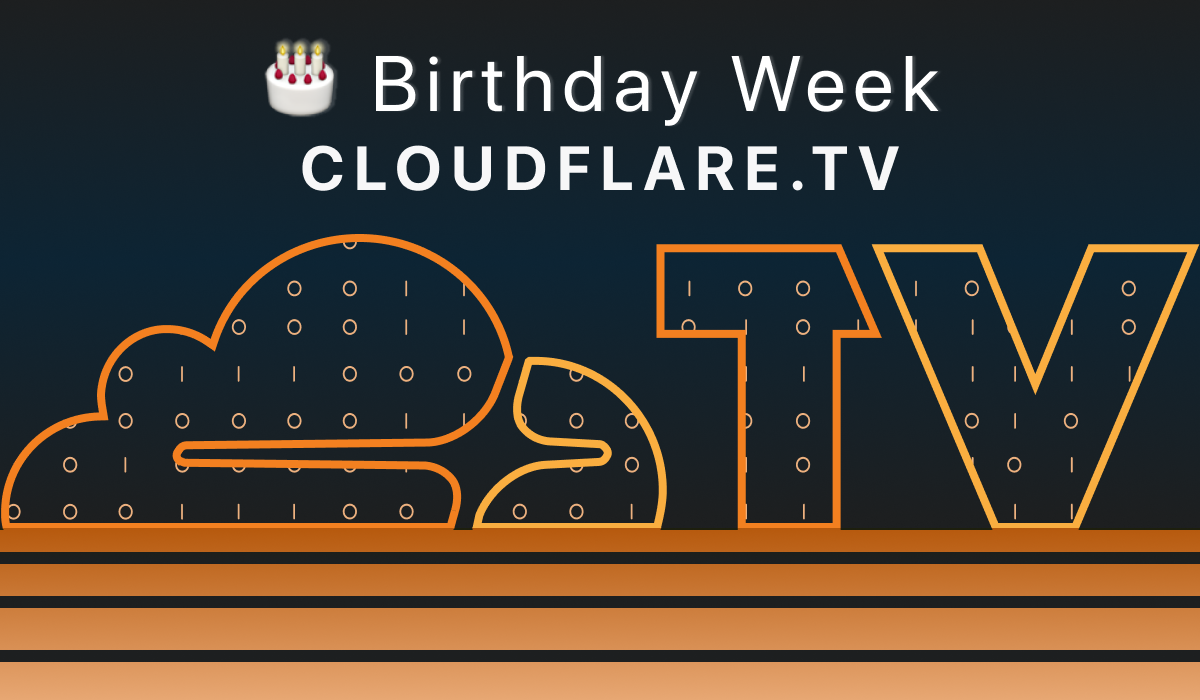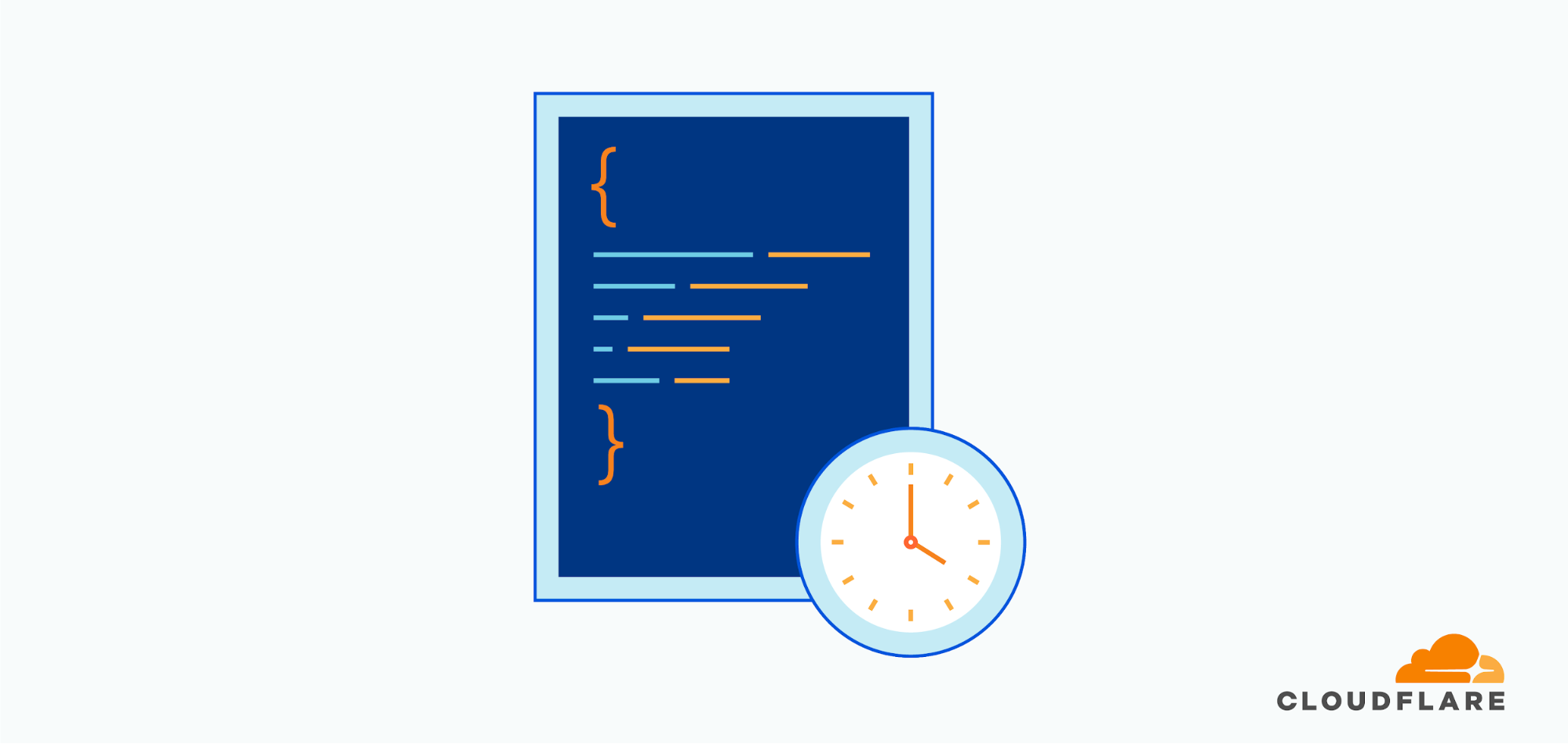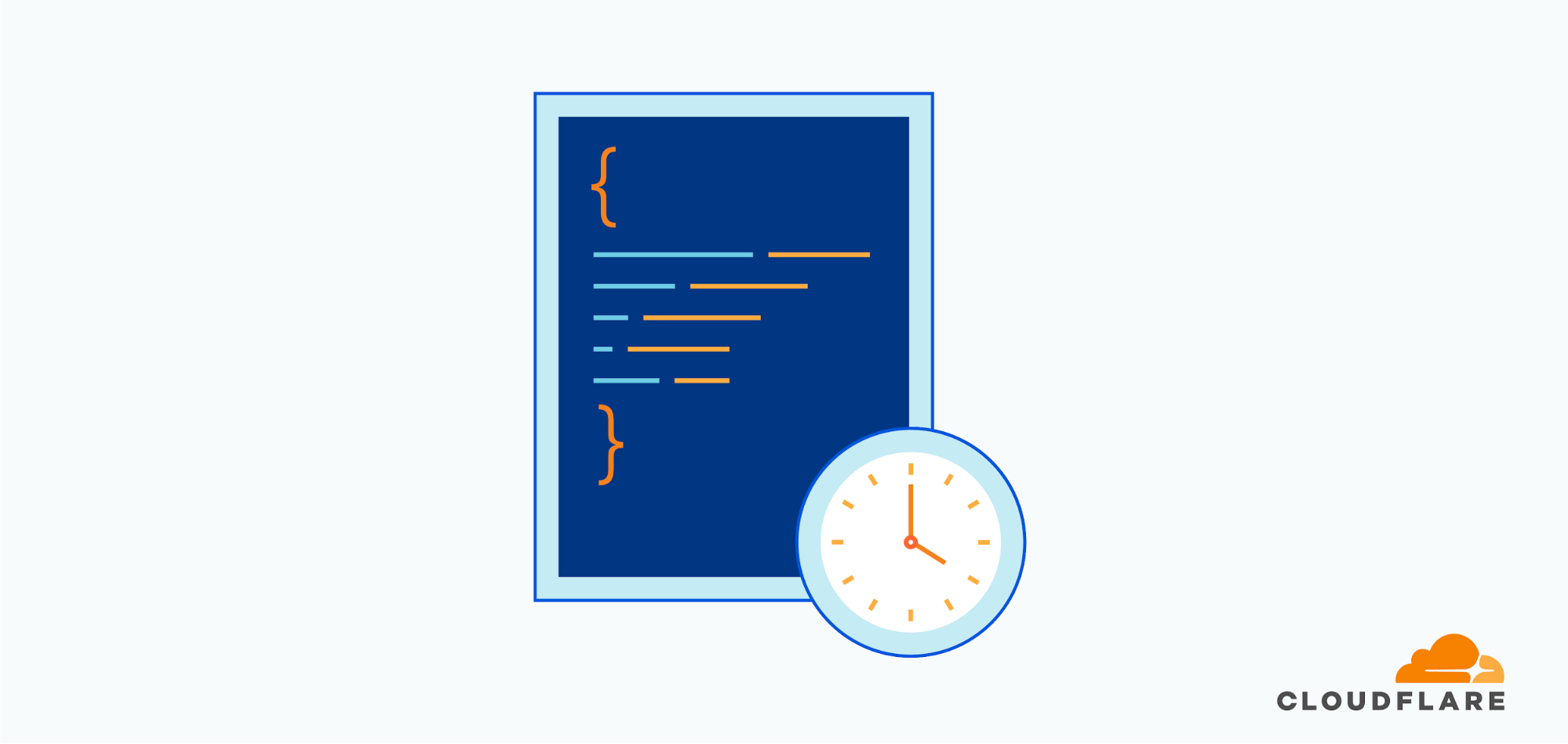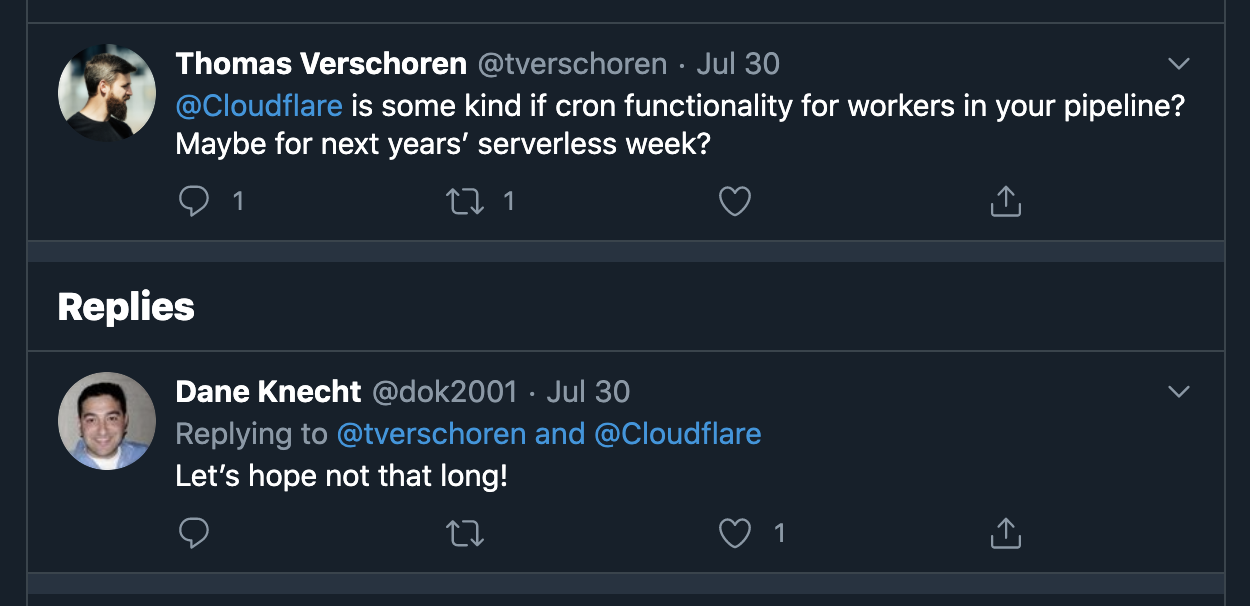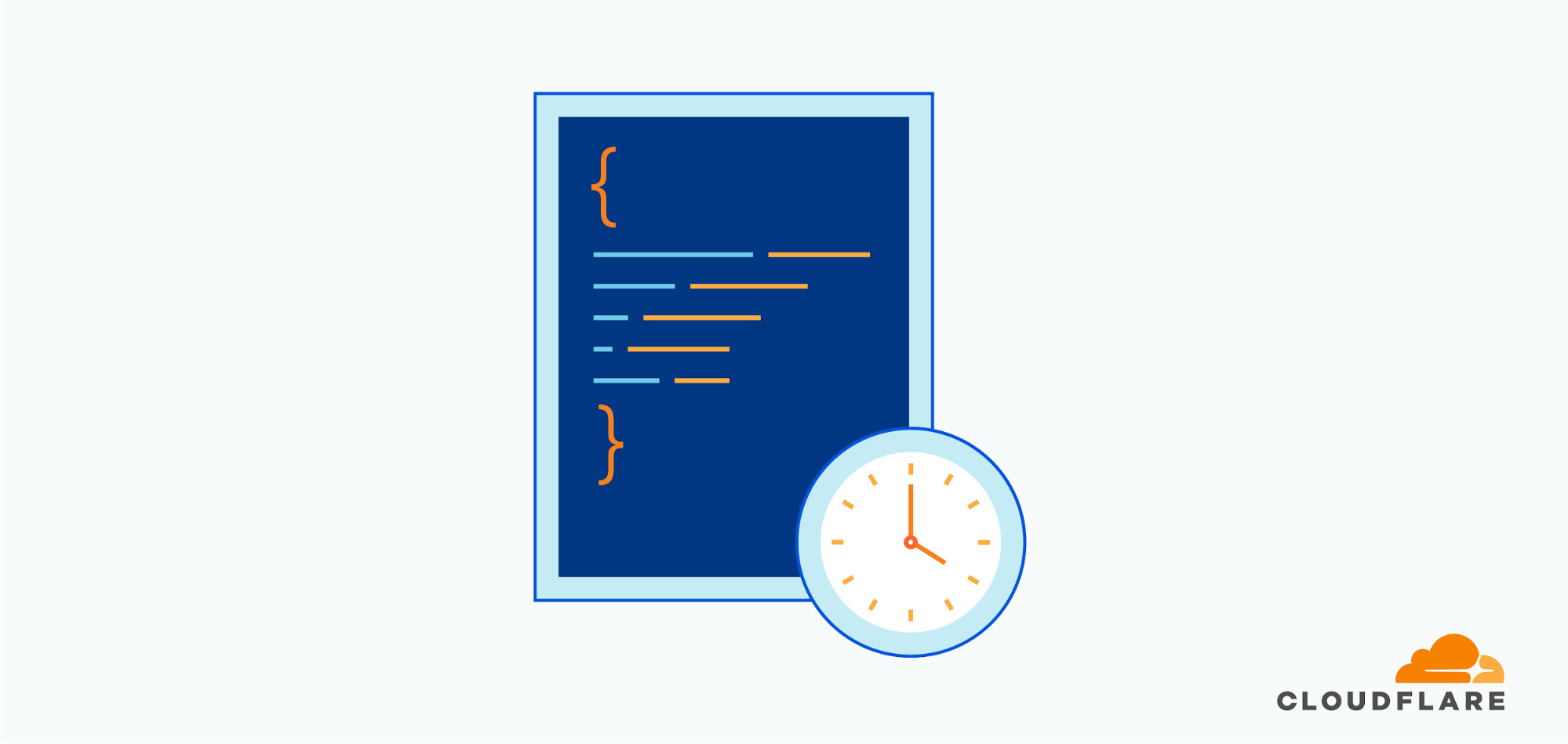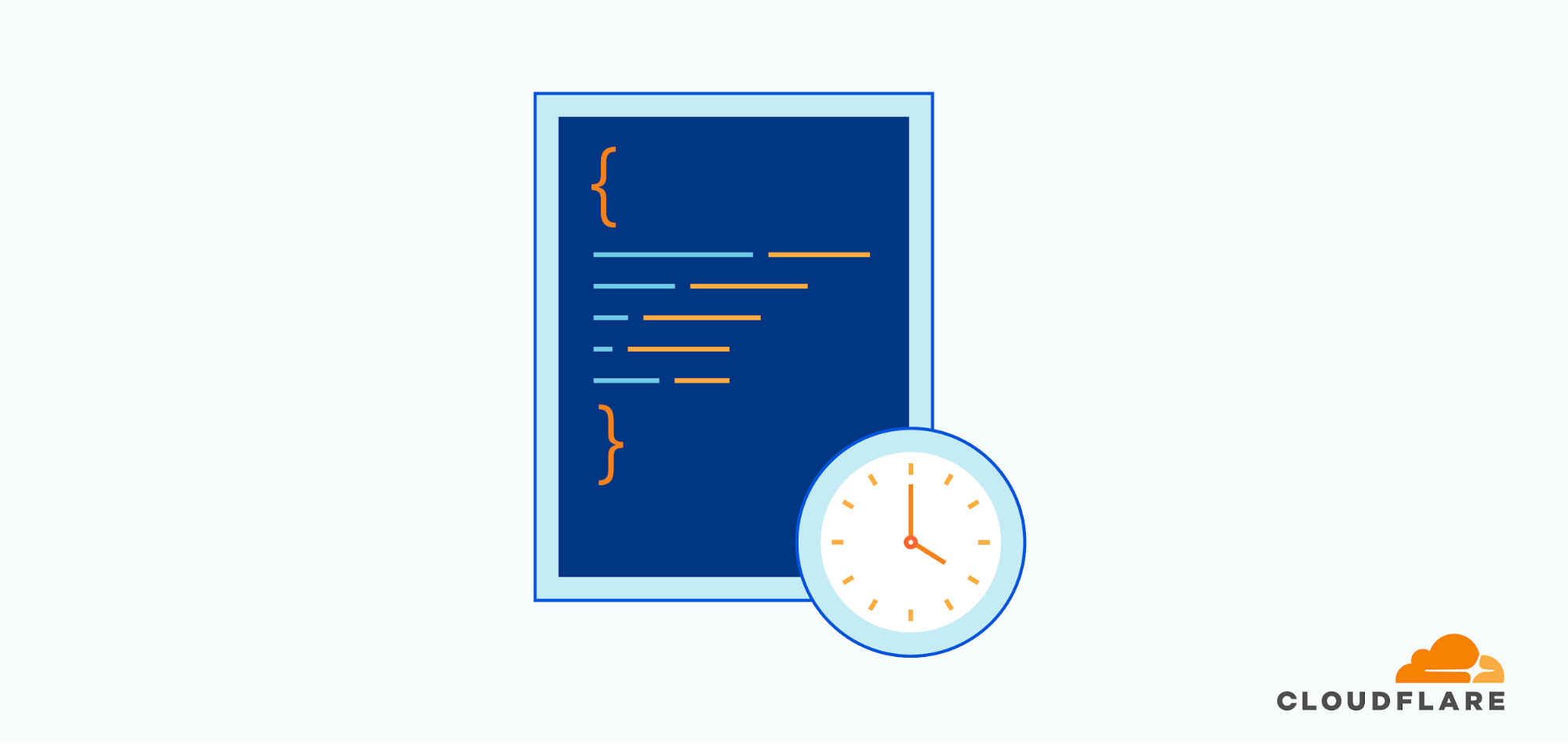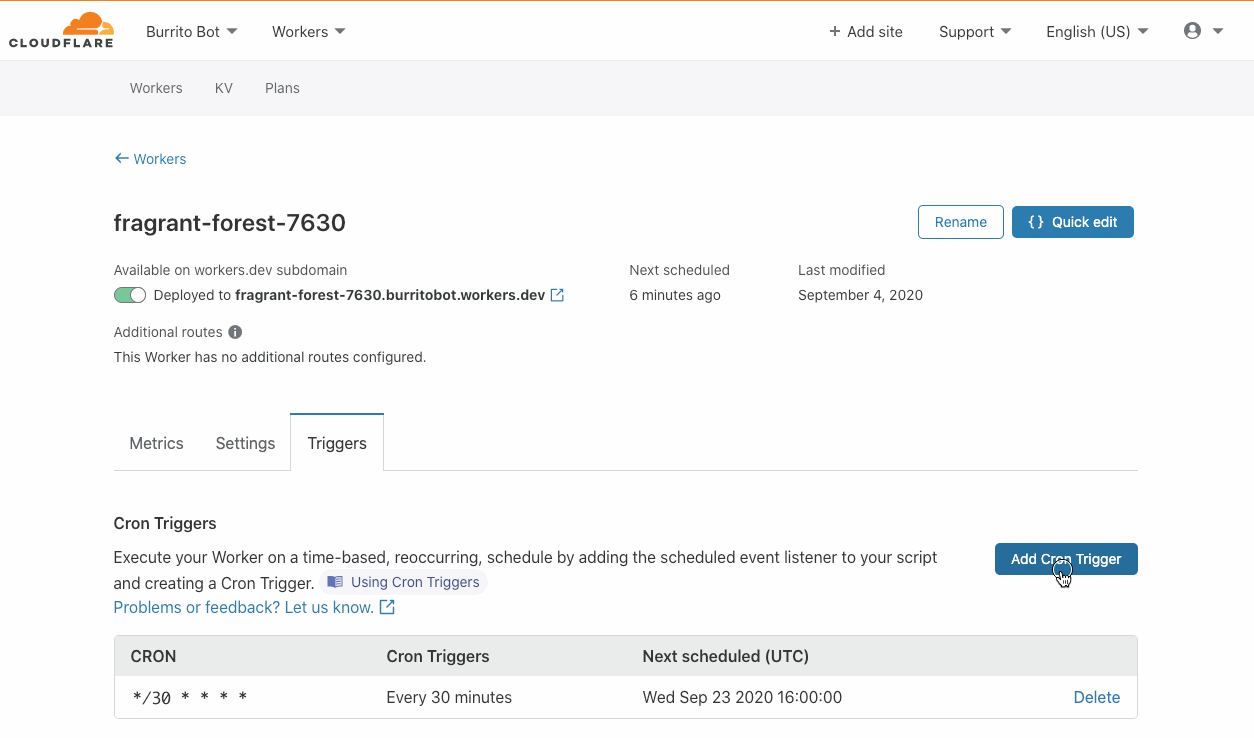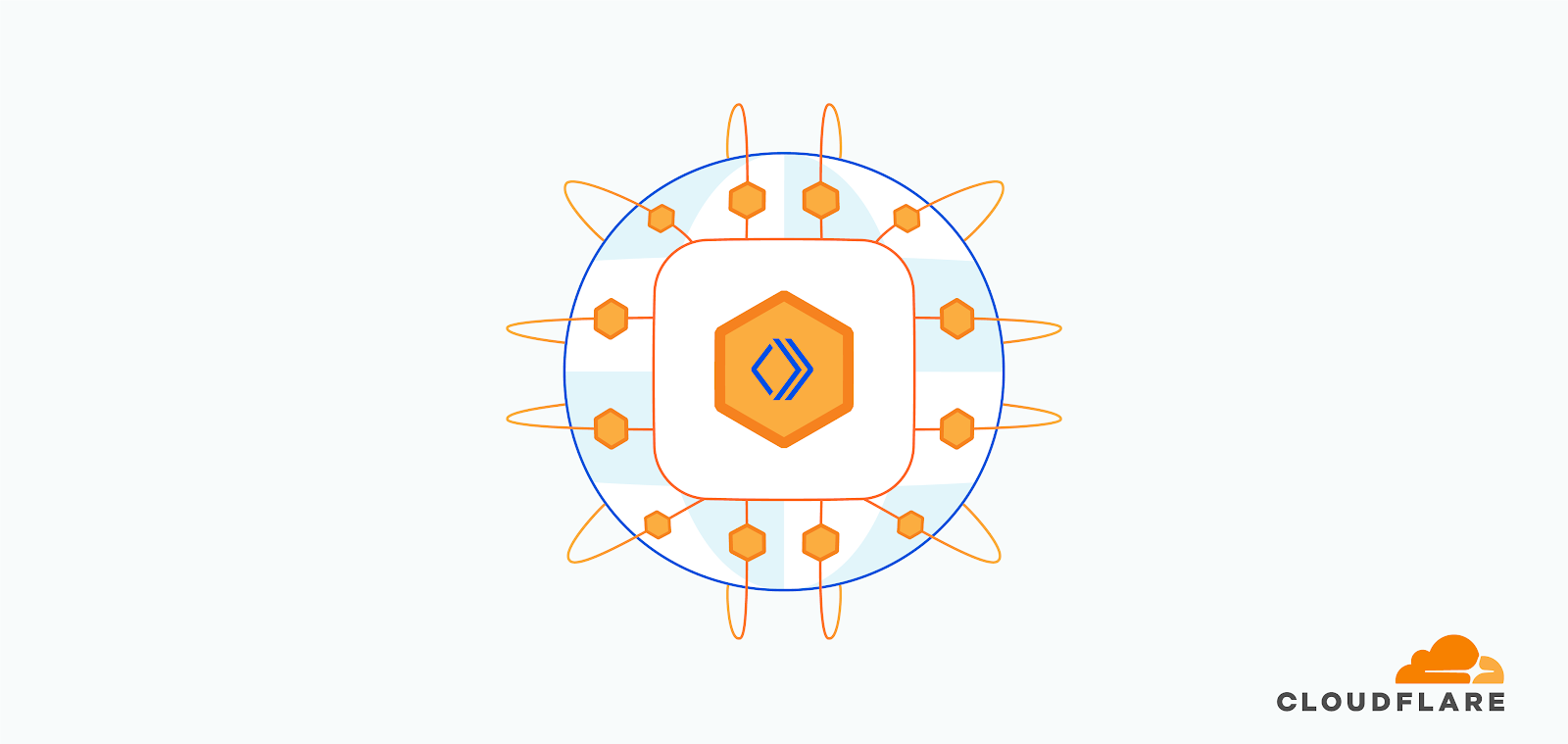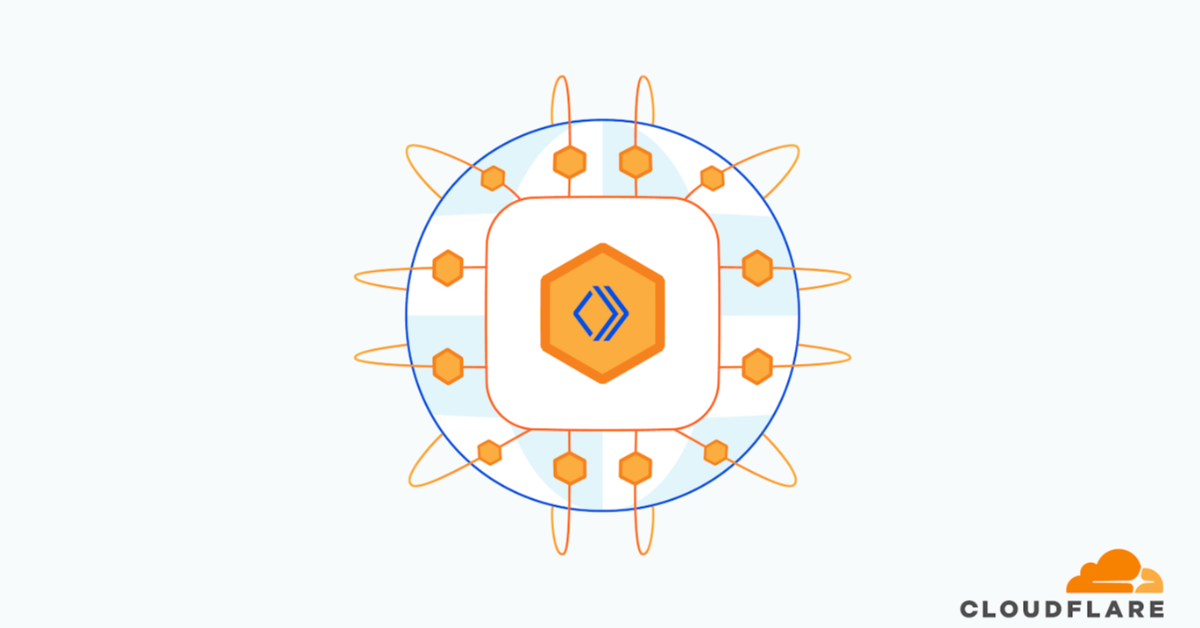Should you be concerned about the Windows XP leak?
Reports hit the Web last week that the Windows XP source code has been leaked and posted to 4chan, one of the seediest boards not on the dark web.A link to a 42.9GB file was posted but quickly scrolled off. 4chan does not archive its posts so once the message scrolled off it was gone, but the link is getting around in other ways. The code is being hosted by Mega, a file-sharing service with its own dubious past.Reports from other sites say the code is legitimate. Microsoft has only said “We are investigating the matter."[Get regularly scheduled insights by signing up for Network World newsletters.] What is still unclear is whether the code is the whole codebase or just a portion. Those who have examined the code have said it covers Windows XP Service Pack 1, Windows 2000, and Windows Server 2003. The code has been circulating privately for years, according to the leaker. One theory is that the source of the code is an academic institution.To read this article in full, please click here
